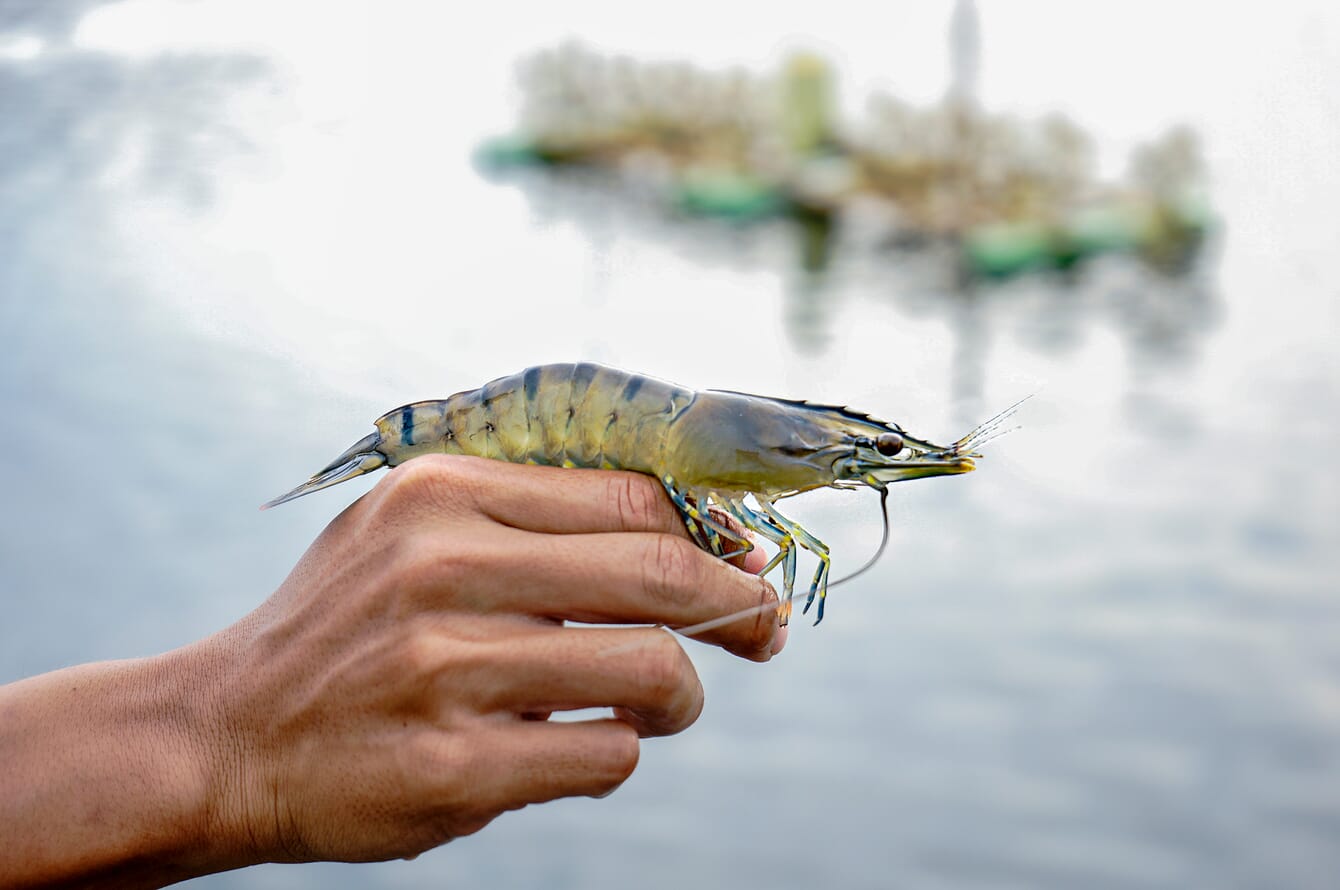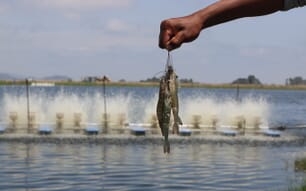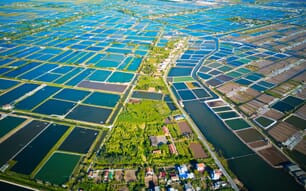
Commonly referred to as the black tiger shrimp, P. monodon is the second-most cultured shrimp species in the world, after L. vannamei. The farming of monodon started in Asia in the 1980s, and they quickly became the dominant species of farmed shrimp. Initially, the sector relied on wild spawners for sourcing their post-larvae (PLs), but mounting disease outbreaks in wild populations prompted a re-evaluation of industry practices. The onset of the whitespot syndrome (WSSV) epidemic in the 1990s catalysed a shift towards specific pathogen-free (SPF) vannamei shrimp in Asia. This strategic move, coupled with the disinfection of ponds, produced remarkable yields, leading many farmers to transition from wild monodon to SPF vannamei. While vannamei farming initially proved highly successful, it has been a victim of its own success – as growth led to oversupply and subsequent price drops in recent years.
This market shift, alongside genetic advances, has sparked renewed interest in monodon production, which surged from just over 500,000 tonnes in 2018 to slightly over 600,000 tonnes by 2023.
What happened to monodon in 2023?
Looking at the statistics from 2023, Asia continued to be the top monodon producing region. Notably, Vietnam, China, and Indonesia stood out as the top three producers, alongside significant contributions from Myanmar, Bangladesh and the Philippines.
Quarterly data shows production typically peaked in Q2, but with some variation across countries. For example, Vietnam experienced peak production in Q1, due to the comparatively dry weather a this time of year, which creates more stable farming conditions, and farmers trying to harvest around Tet celebrations as local demand tend to increase during this period. Meanwhile China’s monodon production peaked in Q3, due to increased disease incidence in vannamei during this time of the year, which has led to more farmers making the seasonal swap to monodon.
Despite the steady production increase, global monodon sales demonstrated a slower rise, reaching 122,000 tonnes LSE in 2023, up from approximately 100,000 tonnes in 2019. While Vietnam historically led monodon exports, they were replaced by India in 2022 and 2023 – marking a significant shift. This transition coincided with India's increased production capacity and relatively small domestic market for monodon, driving its focus on export markets. In essence, the resurgence of interest in monodon cultivation, alongside evolving market dynamics and shifting export patterns, paints a dynamic portrait of the global shrimp industry's landscape.
In India, the initial transition from monodon to vannamei shrimp farming in the late 1990s proved seamless for many farmers, contributing to the nation's remarkable success in expanding vannamei production volumes. However, across Asia, including in India, the success of vannamei farming has tended to have been cyclical.
The onset of the Covid-19 pandemic exacerbated these challenges, with a steep rise in feed, fuel, electricity, and freight costs coupled with declining farm gate prices, significantly squeezing profit margins for farmers. In India, farmers outside Andhra Pradesh encountered inflated prices for essential inputs like seed, feed, and transportation, prompting many to contemplate reverting to monodon cultivation for its potentially higher returns.
A view of the markets
According to Dr Sharma, India's effort to strengthen its domestic shrimp market faces challenges, due to limited consumer familiarity. If India experiences an increase in domestic consumption, it is expected to be led by vannamei, while monodon is likely to remain a niche product for those who can afford it. As a result, while many farmers reportedly seem eager to switch to monodon, Dr Sharma advises against hasty transitions.
According to Dr Sharma, reverting to monodon will have its scientific and market-related challenges. In terms of the latter, he stresses the need for farmers to collectively spend more money on promoting their products beyond traditional export markets like the US, China, and the EU, with a particular focus on Asian markets.
Looking ahead, industry experts foresee a resurgence in black tiger shrimp, evidenced by the growth of the monodon broodstock market. This trend is expected to lower PL prices and improve stock availability, incentivising farmers to return to monodon cultivation. While 2024 may not see double-digit growth, countries like India and China are poised for expansion. The exact source of this growth – whether more farmers embracing monodon or improved efficiency among existing producers – remains to be seen.
We expect that PL prices will start to fall from May onwards, while seed stocks are also expected to improve in terms of quality. Consequently, there are compelling reasons for farmers to return to monodon cultivation, potentially resulting in a higher uptake of monodon farming for the second crop of the year. However, the overall monodon output for the year will also depend on how the prices achieved in the first half of the year for monodon and vannamei compare.
Our projections suggest that while there will not be a double-digit increase in 2024, growth may occur in countries like India and China, while many of the other significant producing countries are expected to maintain similar levels or even experience a slight decline.








